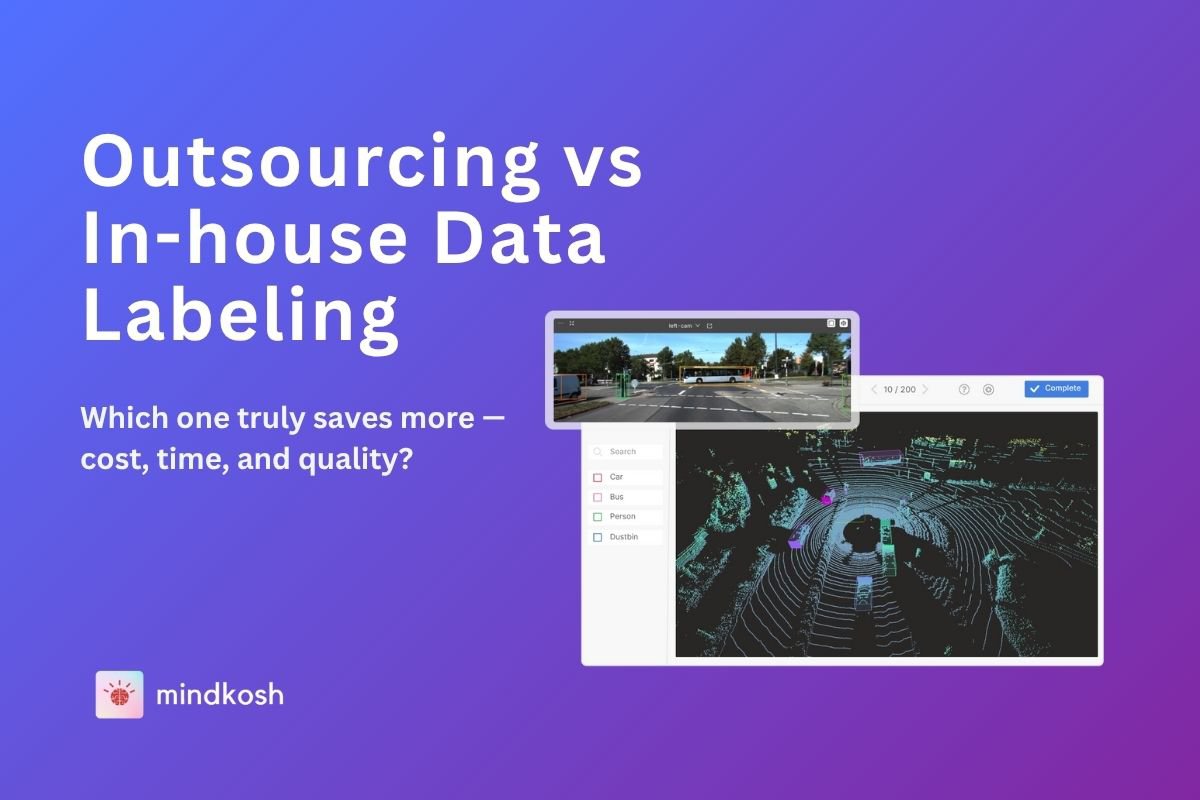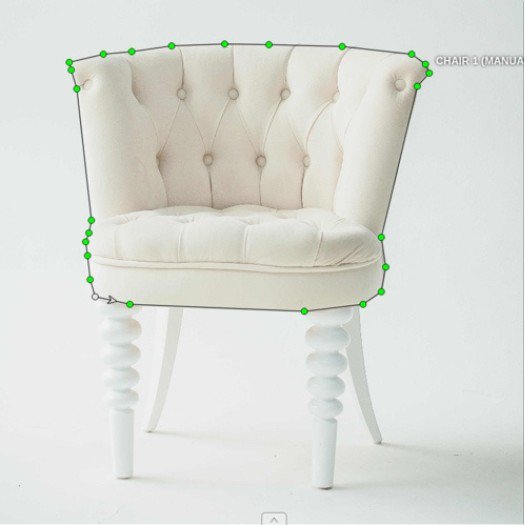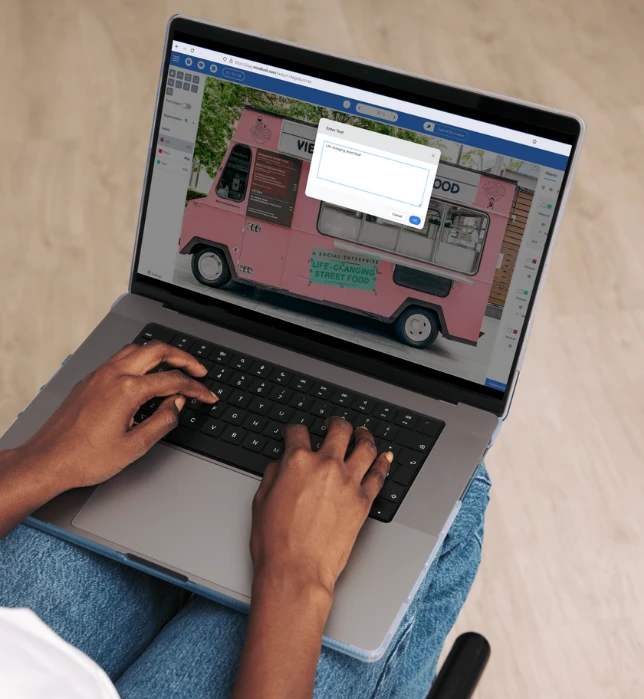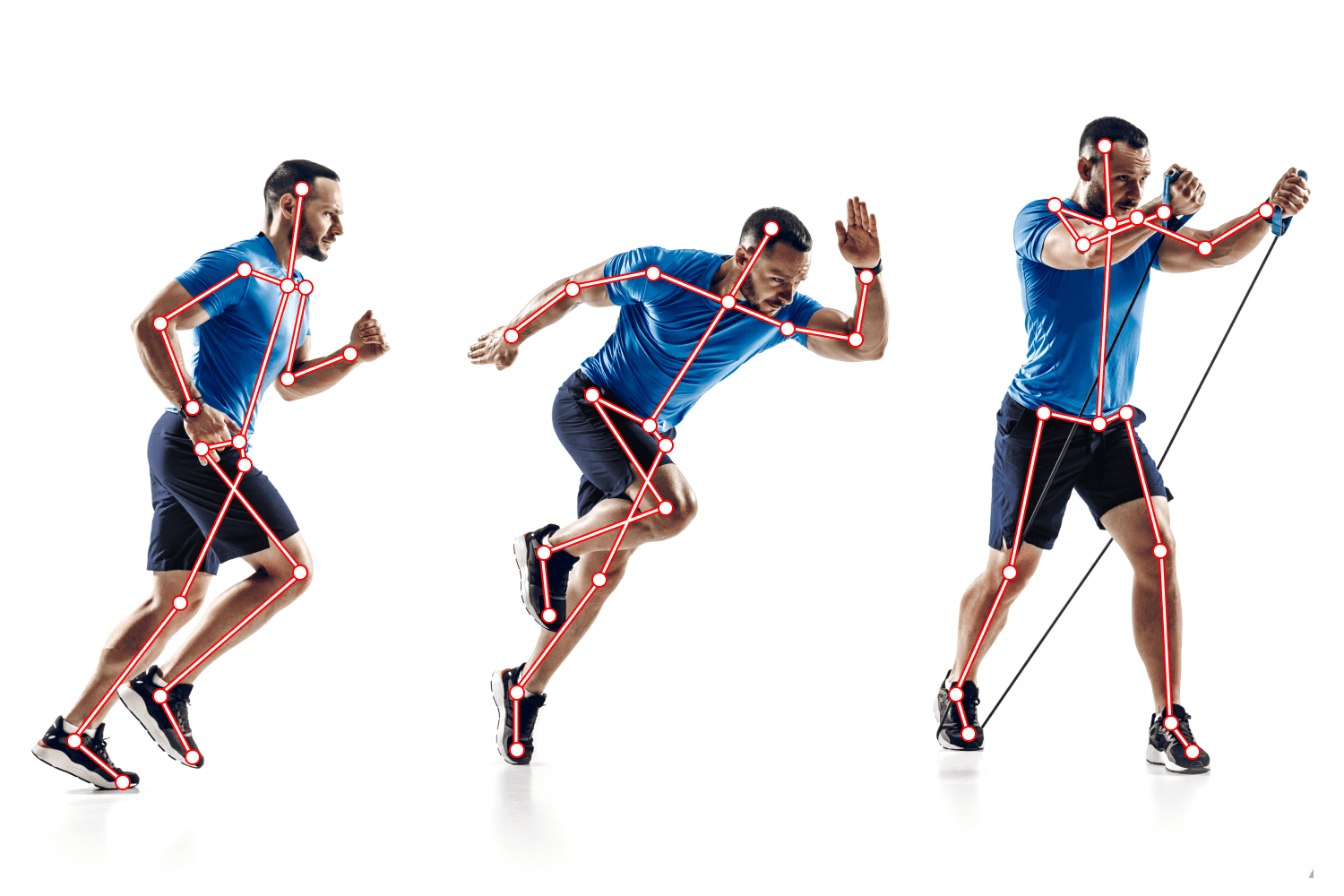
Imagine tracking your workouts or a video game character moving with realistic fluidity through your fitness app. How do these technologies get such perfection? This is done using Machine Learning models trained on datasets created using skeleton annotation. Skeleton annotation is a technique that involves recognizing and marking key points, or joints, within images or video frames, such as the head, shoulders, elbows, and knees on a skeleton. These points connect to form a simplified stick-figure representation of the body’s structure.
High quality skeleton annotation is vital for training well performing Machine Learning models. It provides the foundational data necessary for a wide range of applications. In healthcare, it enables precise monitoring of patients’ movements during physical therapy. It helps in evaluating athletes' techniques for improvement in performance in sports. In entertainment, it manages the creation of real animations. It allows machines to accurately interpret human and animal movements, skeleton annotation is fostering innovations that are modifying our association with technology.
Training Machine Learning models
Skeleton annotation works as the backbone for training machine learning models to precisely interpret and acknowledge human or animal movements. However, a few important steps need to be performed before training a Machine Learning model.
Data Preprocessing:
Before training a machine learning model, the training data needs to go through a pre-processing pipeline. Key steps include:
- Normalization: To ensure consistency across different images or frames, coordinates of key points are scaled to a common range.
- Data Augmentation: Applying transformations to increase the diversity of the dataset such as rotation, scaling, and flipping thereby boosting the model's robustness to variations in perspective and lighting.
- Noise Reduction: Sustain the integrity of the dataset by removing outliers and erroneous annotations.
- Data Splitting: Dividing the dataset into training, validation, and test sets to estimate the model's performance on unseen data and prevent overfitting.
Model Selection and Training:
A number of machine learning architectures have been developed for skeleton annotation tasks. These models are selected on the basis of their effectiveness in faultlessly predicting key points. Some of the most widely used models include:
- Convolutional Pose Machines (CPM): CPMs leverage deep convolutional neural networks (CNNs) to gradually refine pose estimation through multiple convolutional stages.
- OpenPose: OpenPose is well known for its real-time multi-person detection and pose estimation capabilities which was achieved through a multi-stage CNN architecture.
- DeepPose: It employs deep CNNs to directly predict key point positions, demonstrating impressive performance in single-person pose estimation tasks.
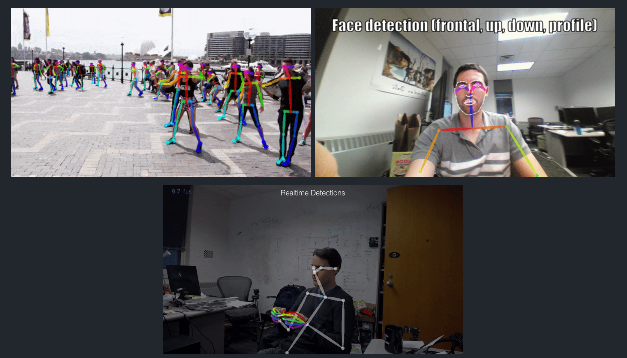
Keypoint vs Skeleton
While, they are similar, Keypoint and skeleton annotations serve different purposes and offer unique advantages.
Keypoint Annotation
Keypoint annotation involved marking specific points on an image, usually important spots like joints on a person's body. It's like putting dots on key parts of a picture. These dots represent important landmarks that help algorithms understand the structure and orientation of objects. For example keypoints could include the positions of the head, shoulders, elbows, and knees in human pose estimation.
Skeleton Annotation
Skeleton annotation goes a step further. It creates a framework connecting the dots that shows how different body parts are linked. Imagine drawing lines between the dots to make a stick figure. This skeleton provides a visual illustration of the body's structure and movement patterns. Skeleton annotation enables algorithms to acknowledge the spatial relationships between different body parts and how they interact during motion by connecting keypoints with lines or edges.
Why they Matter
Keypoint annotation gives us points of interest and skeleton annotation gives us the bigger picture by helping us to understand how our bodies move as a whole, showing us the connections between different parts of our body. It is important for tasks like analyzing our movements or understanding actions.
Applications of Skeleton Annotation

Human Pose Estimation:
Human Pose estimation a application of skeleton annotation that helps machines to observe the spatial arrangement and orientation of individuals by accurately identifying and joining key points on the human body, such as joints and extremities, this technology finds implementations to expand reality experiences, virtual try-on platforms, and immersive gaming environments
Gesture Recognition:
Skeleton annotation plays a pivotal role in gesture recognition systems, enabling machines to interpret hand movements and body gestures. By tracking the trajectory of key points and analyzing their spatial relationships, gesture recognition technology powered by skeleton annotation facilitates applications in sign language translation, interactive interfaces and control mechanisms for robotics.
Healthcare and Rehabilitation:
Skeleton annotation works as a precious tool for monitoring and evaluating patients' movements during therapy sessions in healthcare and rehabilitation. Healthcare professionals can evaluate patient progress, modify treatment plans, and provide real-time feedback by tracking key joint positions and carefully examining movement patterns. Also , skeleton annotation technology integrated into wearable devices facilitates remote monitoring and tele-rehabilitation , extending access to quality care to remote and under-served populations.
Future Trends in Skeleton Annotation
Looking ahead, several exciting trends are set to shape the future landscape of skeleton annotation , driving advancements in computer vision and human movement analysis.
Deep Learning Advancements:
The future of skeleton annotation is located in the continued advancement of deep learning techniques. We anticipate more strong and perfect methods for detecting and tracking key points in images and videos with continue research and development in neural network architectures. These advancements will increase pose estimation, gesture recognition, and activity analysis, paving the way for innovative applications across diverse industries.
Integration with 3D Technologies:
A promising trend on the horizon is 3D technologies with the integration of skeleton annotation. We can anticipate increased adoption of 3D skeleton annotation techniques as 3D imaging and sensing become more reachable. By combining depth information with 2D key points, these methods offer richer representations of human and animal movements. This integration facilitates more immersive virtual experiences, precise motion tracking, and enhanced spatial understanding.
Skeleton annotation is a crucial technique for studying how things move in images and videos, useful in fields like healthcare and entertainment. With improvement in technology , we'll see more precise ways to track movement with the help of smart computer programs and 3D imaging tools and imagine a future where fitness trackers can give you detailed workout feedback, and video game characters move just like real people—all thanks to skeleton annotation.
As this area grows, it'll change how we use technology, making things more real and fascinating and each step forward in skeleton annotation makes it even more important in computer vision, shaping how we understand and interact with pictures and videos.


